
In Spain, there are two terms that, despite serving to describe two different types of roads, generate confusion among drivers. These are motorways and dual carriageways, which designate two types of roads that are very similar, but different in terms of the requirements they have to meet.
The two terms refer to roads for vehicles with the same speed limits, with the same obligation to have service areas so that drivers can rest and refuel, and on which it is prohibited to have roads going across them at the same level.
These types of roads with very similar characteristics also exist in other countries, although with other nuances. We traveled through Spain, the United States, China, Argentina, Italy, and Mexico to explain the similarities and differences in each case. Because, ultimately, being able to travel safely on any type of road requires an awareness of what one can encounter, and it is important to know how the differences change from one country to another.

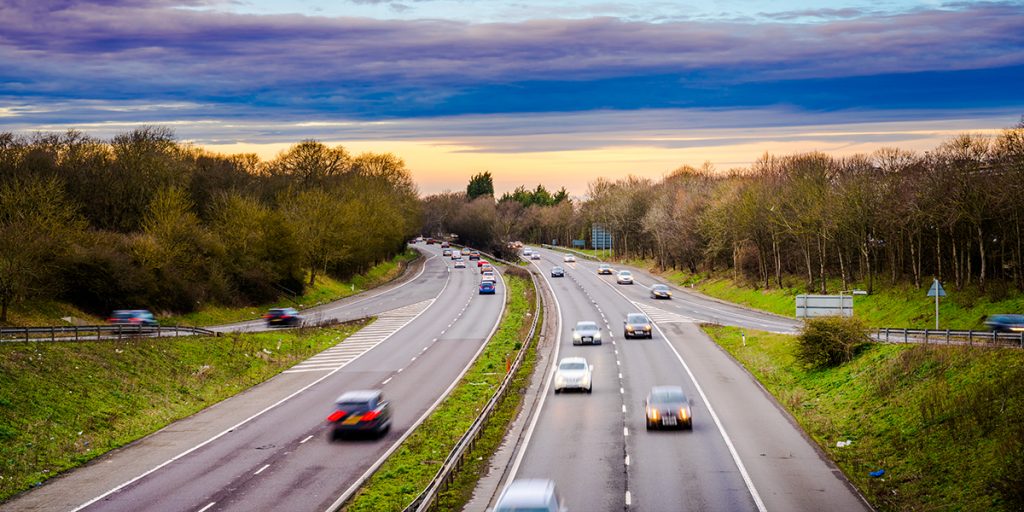
Characteristics of a motorway
In Spain, motorways are those roads whose function is to allow vehicles to travel a very long distance in the shortest possible time. Thus, it is a type of infrastructure with a very specific objective.
Spanish motorways and their equivalents in other countries are an innovation in the way in which traffic moves, and as such they have to meet a series of requirements: they must have four lanes or more, be divided according to the direction of traffic and only be used by motor vehicles. They do not have roundabouts, nor are they crossed at any point by other roads at the same level. They also do not intersect with train or tram tracks, nor do they have any crossings for pedestrians or other types of vehicles along their entire length. Furthermore, motorways, since they are designed so that drivers can keep moving at high and constant speeds, tend to avoid urban areas.
The characteristics that a road must meet to be a motorway are:
- Shoulders capable of containing vehicles stopped in an emergency without obstructing regular traffic.
- No direct access to neighboring properties.
- Not very pronounced curves.
- No crossings, junctions or intersections at the same level.
- Two directions of traffic with a separation delimited by an empty strip of land or protective fences.
- They are often privately managed through some type of concession.
- Circulation limited to motor vehicles.
Motorways also tend to have longer access lanes than dual carriageways, and, thanks to their design, although the speed limit is the same on both types of roads, motorways usually offer better conditions for driving at high speeds.
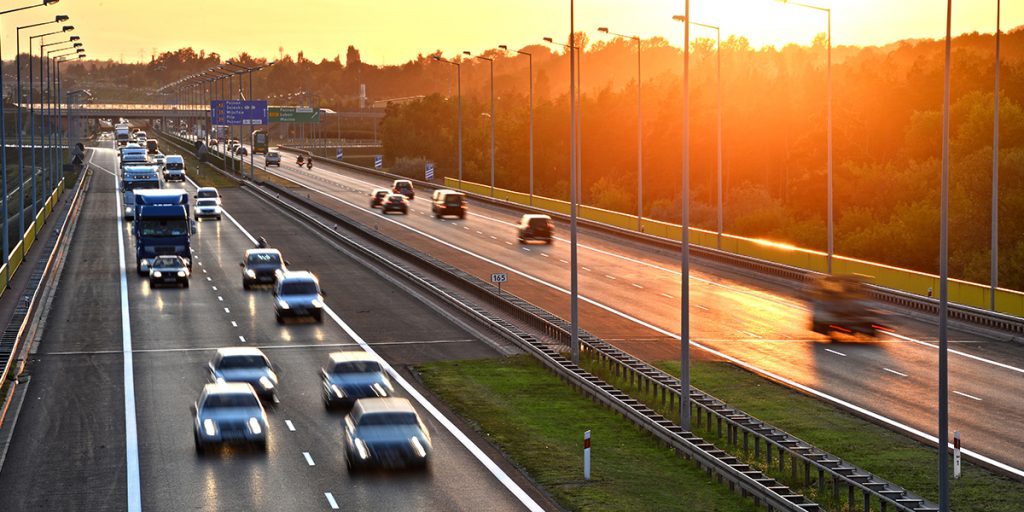
Characteristics of a dual carriageway
In Spain, dual carriageways are essentially roads that have been adapted. Therefore, the main difference between them and motorways is their design, limited by the layout and characteristics of the original road. This peculiarity is not exclusive to the Spanish road network and can also be seen in other countries. Because of this, dual carriageways, and similar roads, usually have a layout with tighter curves and are flanked by narrower shoulders than those seen on motorways.
These characteristics, combined with each other, determine speed changes, which are more frequent on dual carriageways.
In principle, for a road in Spain to be considered a dual carriageway it must have the following features:
- Openings in the division between both directions of traffic that allow greater flexibility when managing traffic.
- Have entry and exit lanes, linked with acceleration and deceleration lanes.
- Two lanes in each direction that may have limited access to neighboring properties.
- They are usually state managed.
- Possibility of traveling with a non-motorized vehicle in some cases (bicycles).
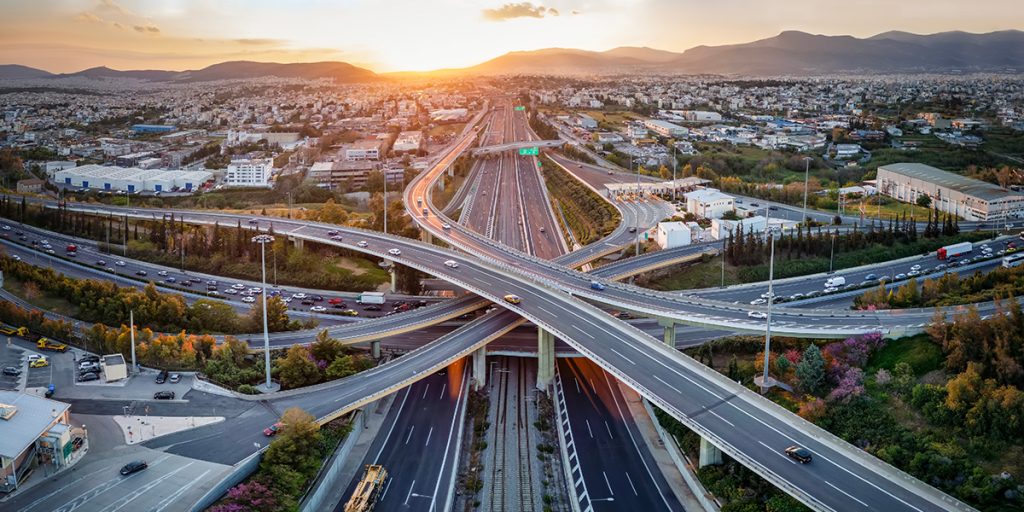
Motorways and dual carriageways around the world
Most countries in the world have a system similar to the Spanish one. This is the case of the United States, where motorways have mandatory access control and are designed to prioritize the maintenance of high speeds, while expressways only have partial access control and are designed thinking less about high speeds. The latter would make them equivalent to dual carriageways.
The same thing happens in China, where there are also two types of equivalent roads, differentiated depending on access. However, in the Asian country, expressways are also different in another way: the equivalent of dual carriageways in China is normally found within cities, while motorways are those that extend over greater interurban distances.
Regarding other Spanish-speaking countries, the meaning of the terms motorway and dual carriageway is maintained in some cases. This is what happens in Chile, where motorways are similar to dual carriageways, but where the latter are adapted to urban environments, which means they do not need to guarantee speed.
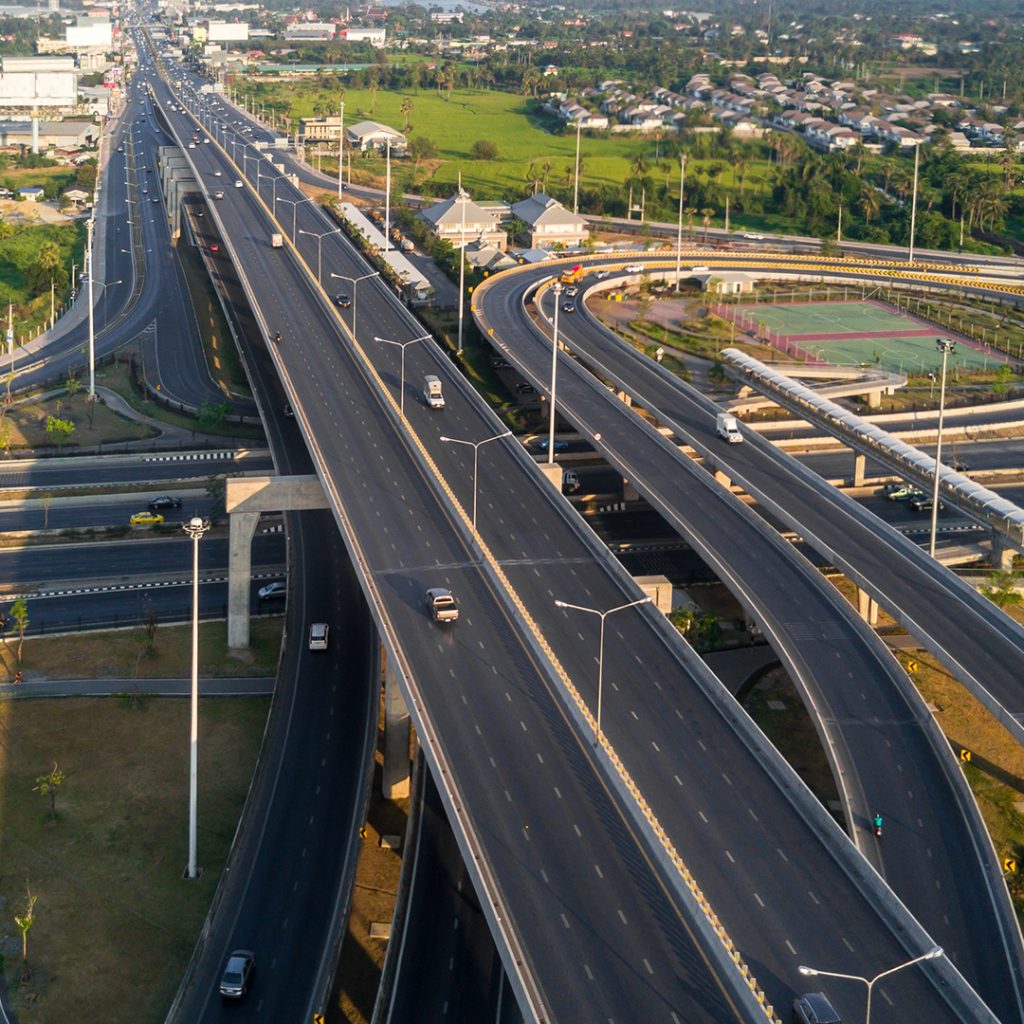
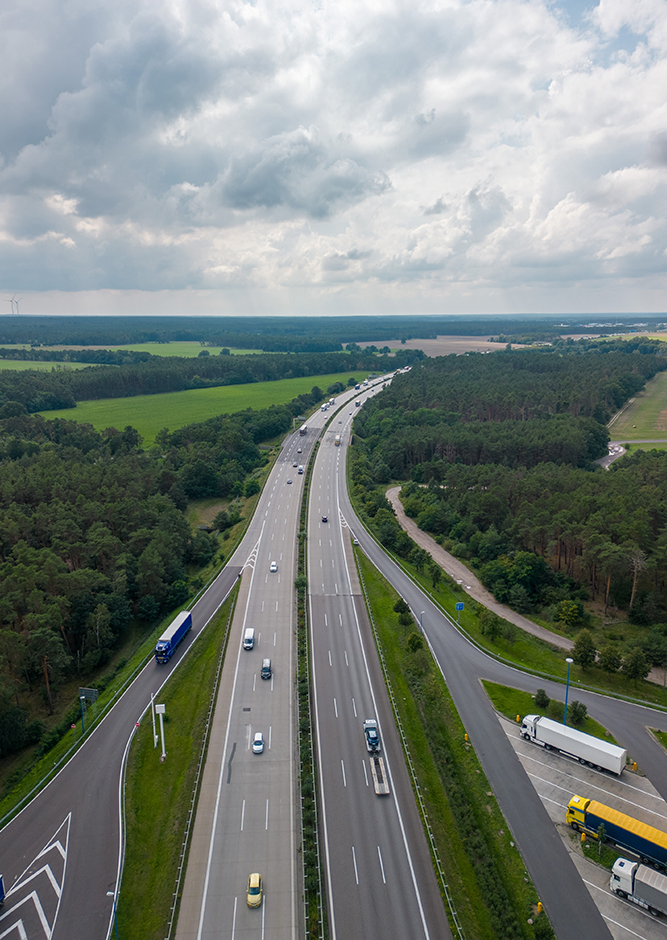
In the case of Argentina, dual carriageways are roads in which the lanes are separated, also without level crossings (as in Spain). Likewise, Argentinian motorways do not have intersections or level crossings of any kind and have two directions of traffic. Compared to Spanish ones, they differ in that Argentinian motorways, sometimes, and on a temporary basis, allow the requirement of separation of the two directions of traffic by a strip of land not to be met.
Something similar happens in Italy, where autostradas would be the roads most similar to motorways when it comes to features such as access control, the rigid separation between directions of circulation and the total absence of intersections at the same level. At the same time, Italian superstradas, like Argentinian motorways, are not always separated by a central reservation. Furthermore, since they do not have the same objective of maximizing average traffic speeds, they are not subject to other requirements such as not having level crossings, and they usually have a lower speed limit (110 km/h).
In other parts of the world, there is no difference between a motorway and a dual carriageway. This is the case of Colombia, a country in which, in fact, the roads known as motorways resemble Spanish dual carriageways. They include access to neighboring properties, contrary to the requirements of motorways in Spain, and which implies, again, that a constant high speed cannot be guaranteed throughout the journey.
This is also the case of Mexico, where only motorways exist as such, connected to the rest of the roads and tracks with ramps through which access is controlled. However, it also has expressways, i.e., all roads that do not meet all the requirements of motorways, such as, for example, those without access control.
The fact is that motorways are a type of advanced infrastructure, typically built to improve a road network in order to make travel more efficient. Some countries, especially those with older or less developed infrastructure and less investment capacity, do not have motorways that meet the requirements of Spanish motorways, or only have sections of motorway and not complete motorways.